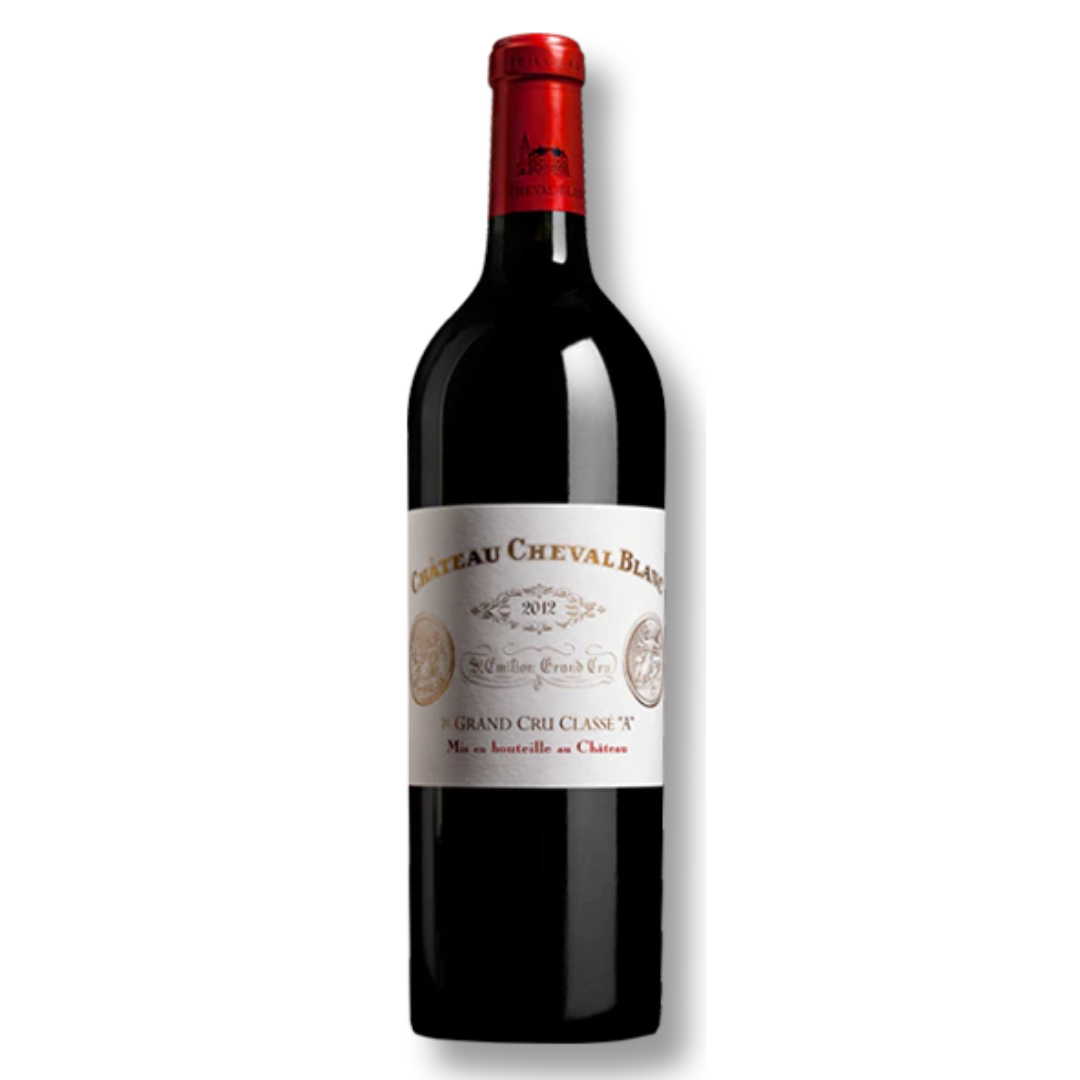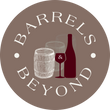Chateau Cheval Blanc Saint-Emilion Premiere Grand Cru Classe (A) 2012
Chateau Cheval Blanc Saint-Emilion Premiere Grand Cru Classe (A) 2012
Chateau Cheval Blanc
Note: Confirmation of product price and availability occur upon the receipt of your order. In case of changes in price, we will provide you with the following options: 1) proceed with the order based on the updated price, 2) replace your item with another product or 3) cancel your order.
Couldn't load pickup availability
Château Cheval Blanc 2012
2012 was dry and rather warm with a superb Indian summer. 2012 Château Cheval Blanc is a truly beautiful wine already showing astonishing complexity and great aromatic precision.
Weather conditions and vine’s growing cycle
TEMPERATURES AND RAINFALL
The month of April was cool and very wet. May and June were more mild, but it continued to rain until the 15th of July. Thereafter, a long period of beautiful, very dry weather set in. Just 30 mm of rain fell between the 15th of July and the 20th of September – as compared to an average of 120 mm. There were a few showers in late September, but the month was, on the whole, quite dry (48 mm, as against 81 mm in a normal year). The weather was mild in early October, with some rain, but cumulative precipitation was still low for the first half of the month. The overall growing season in 2012 was very similar to 2000: the first half was rainy and the latter half very dry. Furthermore, temperature patterns for both vintages are astonishingly similar. The average temperature during the vegetative cycle in 2012 was 18.5°C, i.e. 0.6°C above average.
WATER BALANCE
In order to grow well, the vine needs for water stress to set in slowly so the grapes to ripen well and become concentrated. The water regime showed a contrast between a very wet spring and early summer without any water stress and a dry end to the season with marked water stress. The water deficit was great up until the 30th of September, and 2012 is the sixth driest vintage in the past 60 years, between 1989 and 1990 (a little more dry), and 2000 and 2003 (slightly less dry). Even if there were several short rainy spells during the harvest, cumulative precipitation was still very low for this period (19 mm).
GROWING SEASON
Bud break took place slightly later than usual, on the 30th of March for Merlot and the 5th of April for Cabernet Franc. Shoot development was very uneven in April due to poor weather.
Conditions were fine at the outset of flowering in late May, although there were showers on the 2nd of June. For this reason, flowering ended up being somewhat uneven and spread out. Mid-flowering occurred on the 1st of June for Merlot and one day later for Cabernet Franc. Vine growth was slow in June and July. Véraison (colour change) took place several days later than usual (the 5th of August for Merlot and the 11th of August for Cabernet Franc). The beautiful weather in August and September were ideal for ripening. The harvest began on the 27th of September for Merlot and the 6th of October for Cabernet Franc. It lasted until the 13th of October. 2012 was thus a fairly late-ripening year.
Features of the vintage
RIPENING AND YIELDS
The beginning of the growing season was difficult due to uneven bud break and flowering, as well as a strong attack of mildew. However, any worries were dissipated by the return of beautiful weather starting in mid-July. Vegetative growth came to a halt in early August in most plots, creating good conditions for ripening. The light showers in late September and early October did not endanger to crop’s excellent potential, which remained fine until the end of the harvest.
The berries were close to normal in weight and yields were slightly less than average. The grapes had a balanced constitution with good sugar levels, but not to excess, as well as a high phenolic compound content. Both Cabernet Franc and Merlot were very successful.
2012 is unquestionably a very good vintage at Cheval Blanc.
CELLAR WORK
The wine underwent no saignée (bleeding from fermentation vats), and was not chaptalised. It contains no press wine and was entirely aged in new oak barrels for 18 months.
Traditional fining with egg white was done in order to settle particles in suspension in barrel. Two egg whites per barrel were used. These were later eliminated by filtration.
BLENDING

Tasting

Want a discount?
Become a Member!Note: Images may not necessarily reflect actual product, but we assure you that all products are authentic and in good condition. Please contact us if you require actual photo(s).

